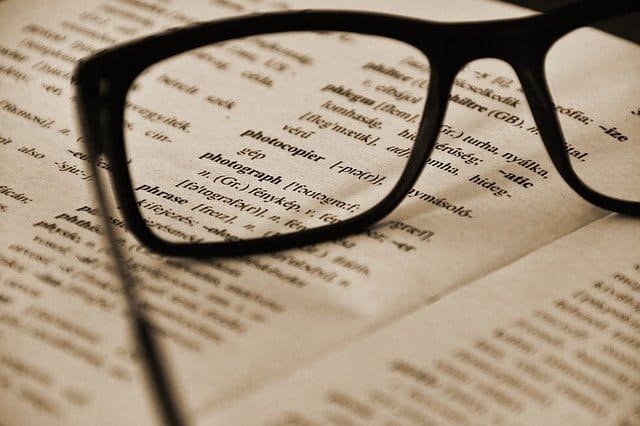Audio to text transcription requires care and a series of precautions to get the most credible result possible every time. Remember that this does not only consist of writing what was said – giving it the suitable intonation and correct script are fundamental steps that will also influence the success of the process. Here we’ll give you a list of the steps you’ll need to follow in this respect, along with the criteria of some of the most reliable standards.
How to carry out a proper transcription
These are the steps that you need to follow:
Listen to the audio carefully
Before you do anything else, the best thing to do is play the audio and listen to the whole thing to identify the parts of the message, the tone, and other types of elements. This will help you create a mental structure that will later ease the transcription process. You can anticipate possible problems or slightly more unclear parts of the audio and you’ll have the resources to deal with them.
Choose the relevant shorthand
When it’s time to transcribe, it’ll help you save time. For example, if it’s an economic speech, the subject matter will surely be repeated in different contexts. So, instead of transcribing them, what you can do is simply use an abbreviation or shorthand in order to fill in the gaps later when you take your time going over the material. This way, you won’t have to stop the audio every few seconds and you’ll have better workflow.
Carry out the transcription
Most likely, the result you get from this step will be a long, unstructured text. Don’t worry about that – the main thing at this point is to correctly transcribe the words, identify everything that was said in the audio, and convey it in text.
Make the relevant annotations
Now is the time to give the text in question pace and intonation. This is one of the most important parts, since speaking is not the same as reading. When speaking, you don’t often keep track of the different punctuation pauses. Nevertheless, this is something that will greatly influence the written text. Because of that, pay special attention to this part of the process.
Here is where you can also polish something a bit more. In the case of interviews, for example, it’s normal that people start sentences that they don’t finish, or that they have difficulty explaining things in the moment and repeat themselves. You can take advantage of cleaning up the text every time you have the freedom to do so. If it has to be an exact transcription, you can skip this step.
Include tags
Audios aren’t always crystal clear, and a lot of times they have muddy sound where you can’t make out the words. It’s your mission to label these parts as “inaudible” so that whoever reads your text understands these gaps.
In the same way, sometimes the pitch of the voice inflection signifies something important in the speech. When someone says a phrase ironically, or when the speaker is telling a joke, it’s important to signal that in the transcription so that whoever reads it doesn’t take the phrase literally. These are things that can only be understood from interpreting the tone of voice, which you’ll have to convey on paper.
Listen to the audio again and read the text
Finally, reviewing what you’ve done and verifying that it complies with the necessary standards and accurately depicts the audio in question should be sufficient. It’s a simple process that should not present any difficulties. Although it’s true that it also has certain standards.
What standards are there in transcription?
That will depend on what it’s for. There are journals or media outlets, for example, that require certain standards or procedures to be applied on the part of the journalist. In the case of scientific transcriptions (in whatever form they may take) it’s necessary to have an editor or proofreader testify that they have been done correctly.
Easier transcriptions, on the other hand, simply adhere to some standards at the time of making tags, notations, or reinterpreting the words that were said in the audio. Ultimately, it will depend on the level of professionalism that you want to provide, as well as the importance of the final document.
We recommend that you rely on the proper experts, who can offer you a perfect scientific transcription. Our team, for example, will help you secure this level of certainty.
Now you know how you need to formulate an audio to text transcription and the main difficulties. It’s a very common process in different jobs and, as such, you should definitely be familiar with the best method of dealing with said difficulties. We’ll help you with everything that you need, just contact us!






